TechRadar Verdict
We have an idea in our minds of what the perfect instant camera for newcomers looks like, and with every iteration the Fujifilm Instax Mini series takes a couple of steps closer to it. The Instax Mini 12 is child’s play to use, produces lovely-looking prints, and remains our top recommendation for instant photography on a budget.
Pros
- +
Easy to use
- +
Improved viewfinder accuracy
- +
Low-cost film packs
Cons
- -
Still overexposes shots in bright sunlight
- -
Like holding a wet fish
- -
Prints are a little small
Why you can trust TechRadar
Released right on cue in line with Fujifilm’s three-yearly schedule, the Fujifilm Instax Mini 12 becomes the latest in a long line of Fujifilm instant cameras for newcomers, succeeding the Fujifilm Instax Mini 11.
The Instax Mini 11 already occupies top spot in our best instant camera guide, and it will soon be replaced by the Instax Mini 12, which brings incremental improvements in design and all-round shooting experience – I'll get on to those shortly.
Getting started with the Fujifilm Instax Mini 12 is child's play. Insert the provided AA batteries, pop open the film door on the rear, slot in the film pack making sure to align the two yellow lines, close the door, twist the lens to turn the camera on, press the shutter button once to eject the film’s protective sheet, and you're ready to go.
After being dispensed from the camera, a photo will typically take at least 90 seconds to fully develop – so be patient. The number of exposures remaining in the film pack is displayed in a small window on the rear of the camera, and another window indicates if there is film inside the camera – don’t open the door if you see the yellow line of a film pack.
I've used the Instax Mini 11 a lot, and the Instax Mini 12 is similar in almost every regard. Its bubble-like design isn’t really my thing, but it does make for an eye-catching camera that’s perfect for picking up and playing with at a party.

The camera is a little slippery in the hand, with its smooth finish and curved edges not offering a great deal of grip. It's a fiddly camera to hold, especially when taking selfies, and I would love to see a more pronounced thumb grip, and/or or some kind of rougher texture on the exterior. Thankfully, a color-matched wrist strap is supplied; use it, as otherwise you’re bound to drop this camera at some point.
There are a couple of design tweaks that make perfect sense. You now turn the camera on by rotating the lens, and the lens has two settings: on and close-up. It's more intuitive, and a far less clunky process than on the Instax Mini 11, where pressing a stiff button pops the lens out and turns the camera on, and pulling the lens out then engages close-up mode.
The camera determines brightness in your pictures and the required flash power via auto exposure (AE) light and Flash Light sensors. Previously, these sensors were on the right-hand side of the camera (as you look at it) where fingers from your supporting hand might naturally rest and obstruct them. Now the sensors are out of the way in the center of the camera, meaning you’re less likely to get pictures that are overexposed because of pesky fingers.
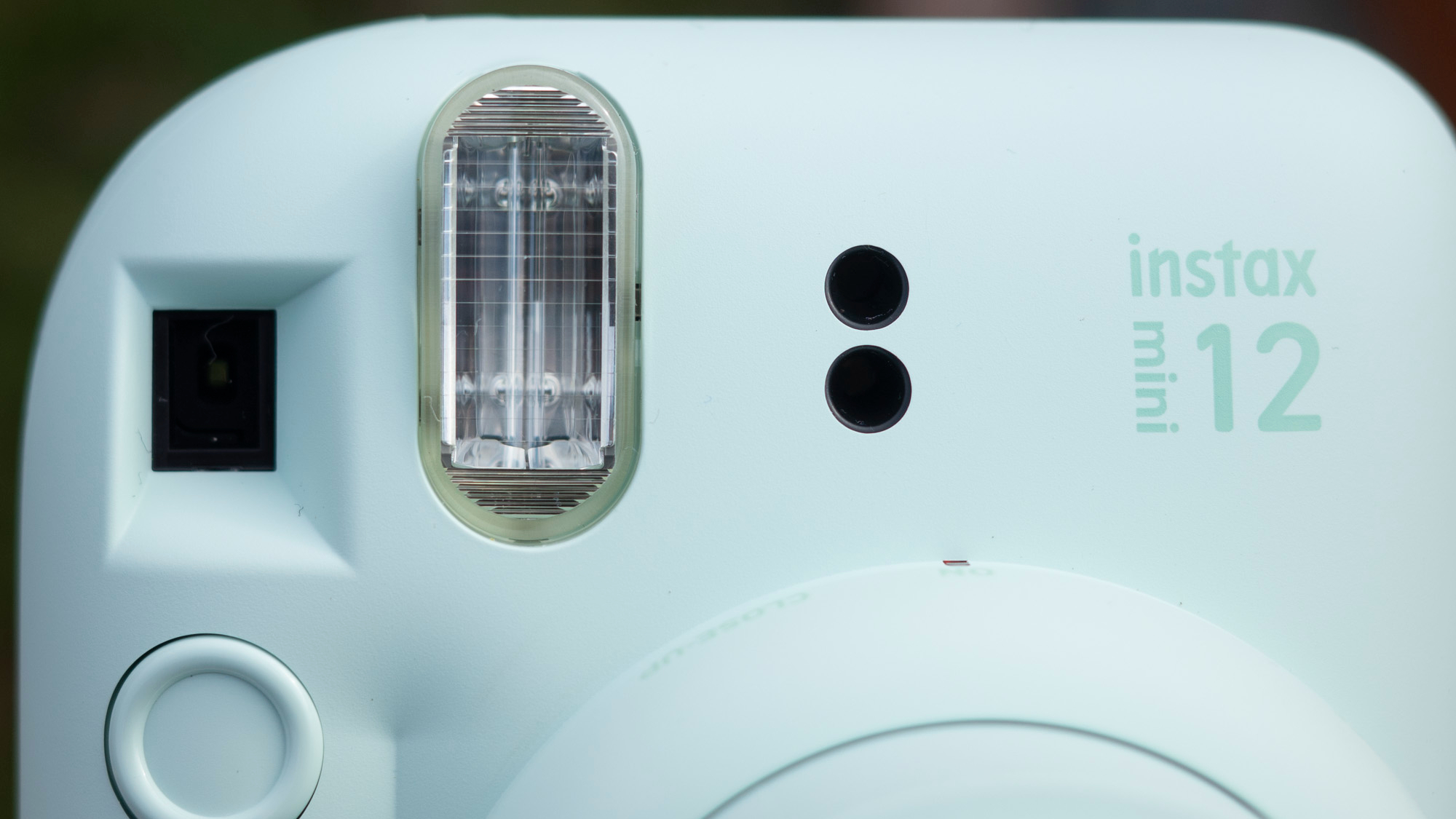
Another addition is parallax correction. Put simply, parallax correction improves the accuracy of the viewfinder, so that what you see through the viewfinder is the composition you get in your print. That is, if you can get a clear view through the viewfinder in the first place – you need to really press your eye in close.
The Instax Mini 11 doesn’t have parallax correction, and you need to be mindful of moving the camera up and to the right for the vertical-format pictures Instax Mini cameras are primarily designed for. Over time this recomposing becomes instinctive, but removing yet another thing to think about makes the Instax Mini 12 even more user friendly – plus of course those picking up the camera for the first time aren’t to know.
The camera now has auto flash exposure, but I should stress that the flash still fires for every single picture. The theory is that the power of the flash is adjusted depending on what the camera sees, within the 0.3m to 2.7m range.
If you have more than one subject at various distances within the 0.3 to 2.7m flash range, the closest one will likely be too bright, and while that would be true of any flash, here you don’t have the option to turn the flash off.
I appreciated that this is a camera that's meant to be as simple as possible to use, but an option to deactivate the flash manually would be helpful for those times when you want to work with natural light only.
Complementing the Instax Mini 12 is a new app called Instax Up! The main purpose of the app is to enable you to digitize your instant images, from any Fujifilm instant camera. The dedicated app simplifies the process over, say, using your smartphone or camera to do the job, and it includes a handy Remove Reflections feature. The pictures in the sample gallery of this review have been digitized with a Google Pixel phone using the app.
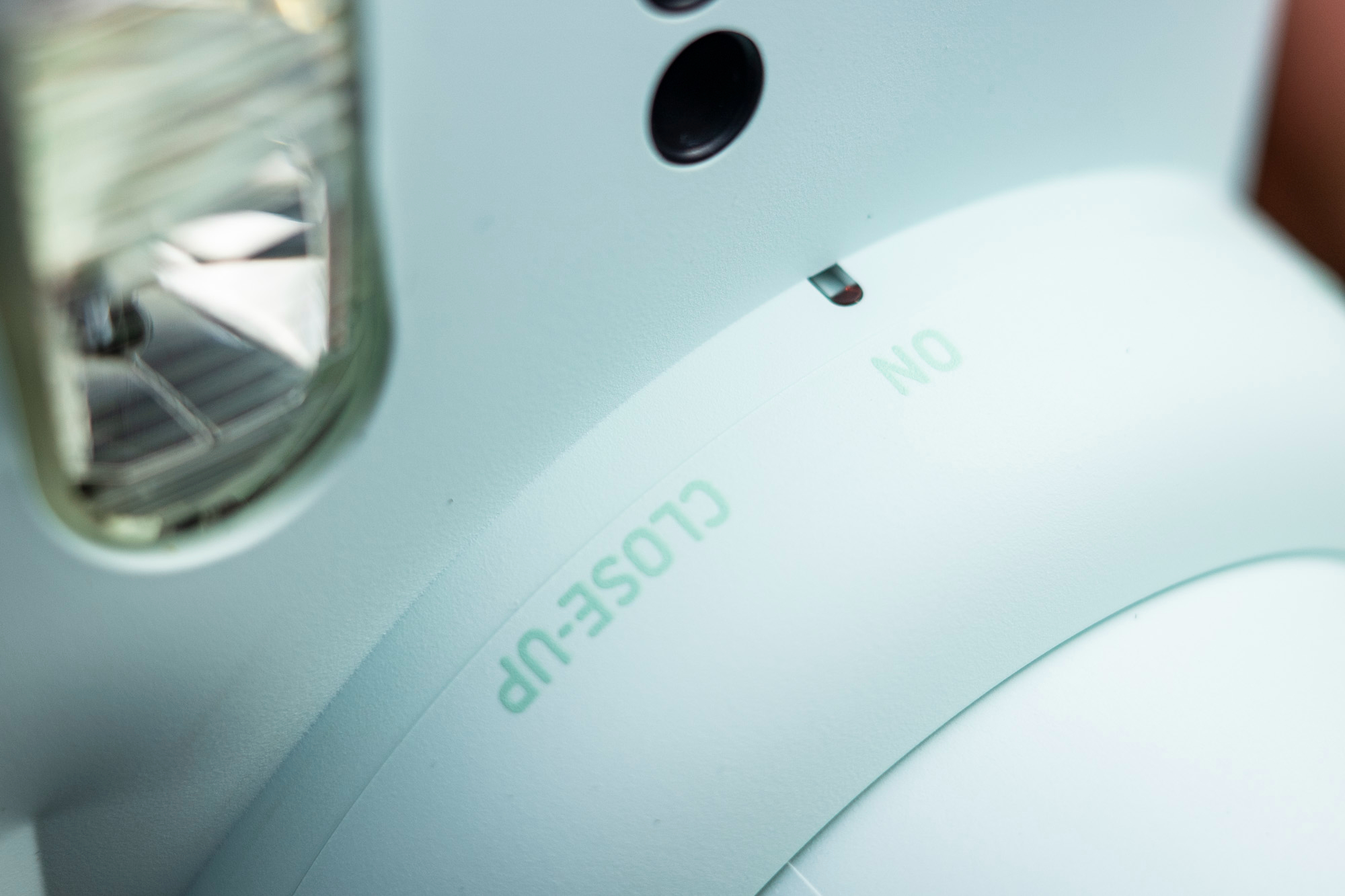
Otherwise, most of the features of the Instax Mini 11 are carried over to the Instax Mini 12. There’s the same 60mm f/12.7 lens, with a close-up / selfie mode that reduces the minimum focus distance from 0.5m to 0.3m.
This field of view is similar to that of the main camera on a smartphone – it’s a little closer to the ‘classic’ 35mm focal length – and in selfie mode at arm's length you can fit yourself and a couple of other people in the picture, with a small mirror next to the lens giving you a rough idea of what the camera sees.
Exposure parameters are the same as on the Mini 11, with a shutter speed range between 0.5 sec and 1/250 sec, combined with the ISO 800 sensitivity rating of Instax Mini film.
The result of these settings is that, like its predecessor, the Instax Mini 12 overexposes highlights in bright sunlight and flash. Reducing exposure by 1EV would largely address this brightness problem, preferably by increasing the fastest available shutter speed to 1/500 sec, or alternatively by providing a slower ISO 400 film.
It’s a shame to think that I can't really use the Instax Mini 12 to its best potential when the sun is out, and improvements here would top my wish list for a successor that we might reasonably expect to land in 2026.
The best outdoor conditions for the Mini 12 is cloudy weather, while a shutter speed down to 0.5 sec combined with flash (slow sync flash) can produce great-looking pictures at evening events. That’s because slow sync flash reveals some of the background details around subjects, rather than simply a black background that you’d get with faster speeds with flash.
Auto exposure was introduced in the Instax Mini 11, and you can rely on the Instax Mini 12 to produce credit card-size prints (62 x 46mm, or 86 x 54mm including the border) that, highlights aside, are well exposed. (Personally, I prefer the Instax Square size (62 x 62mm) over Instax Mini – the larger square format gives subjects that extra room to breathe.)
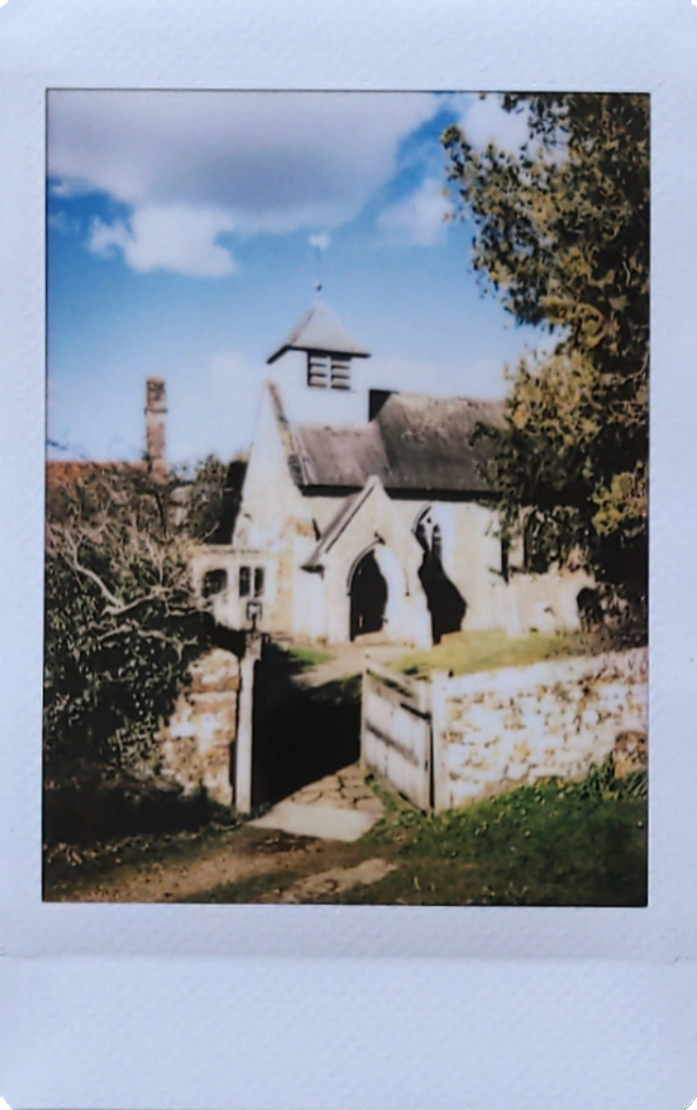
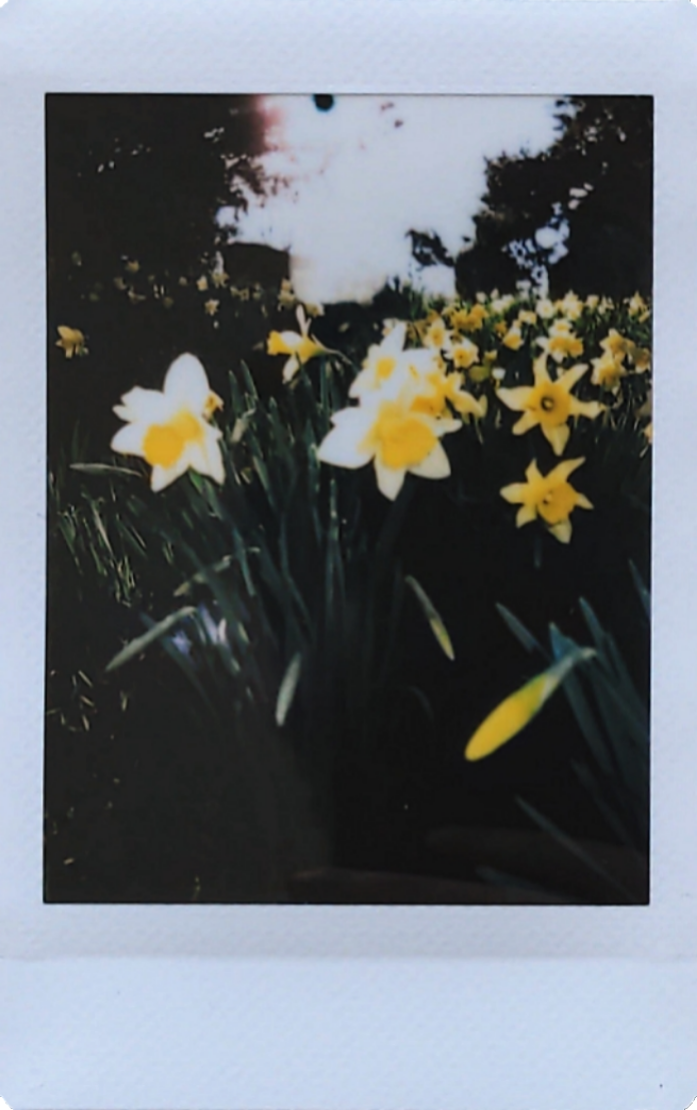
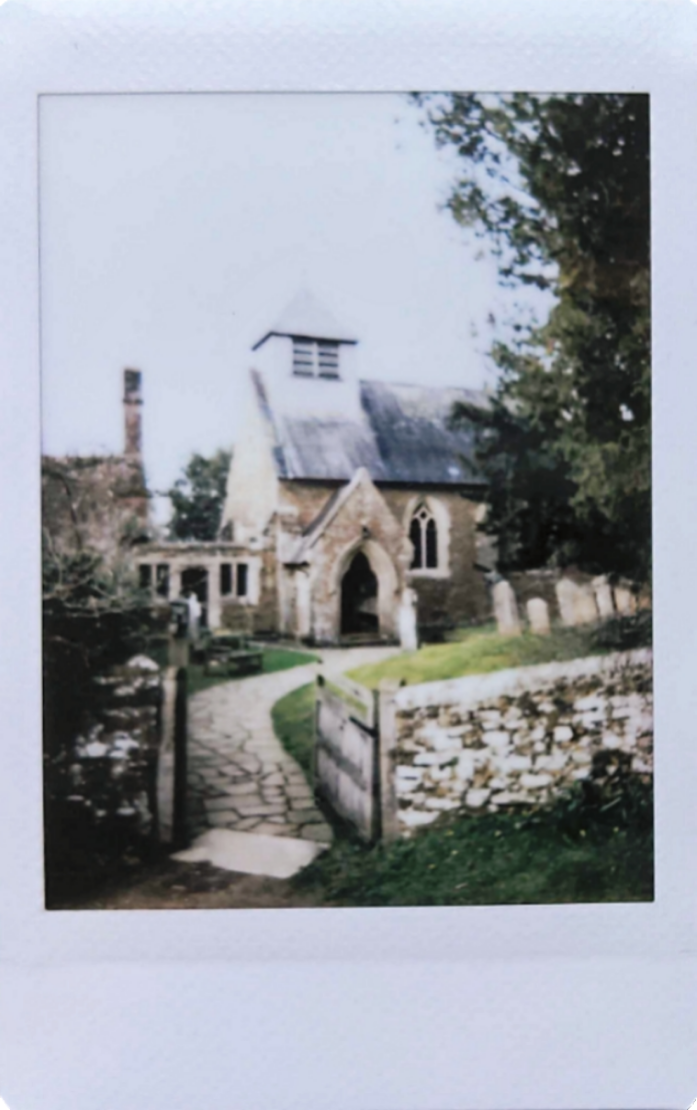
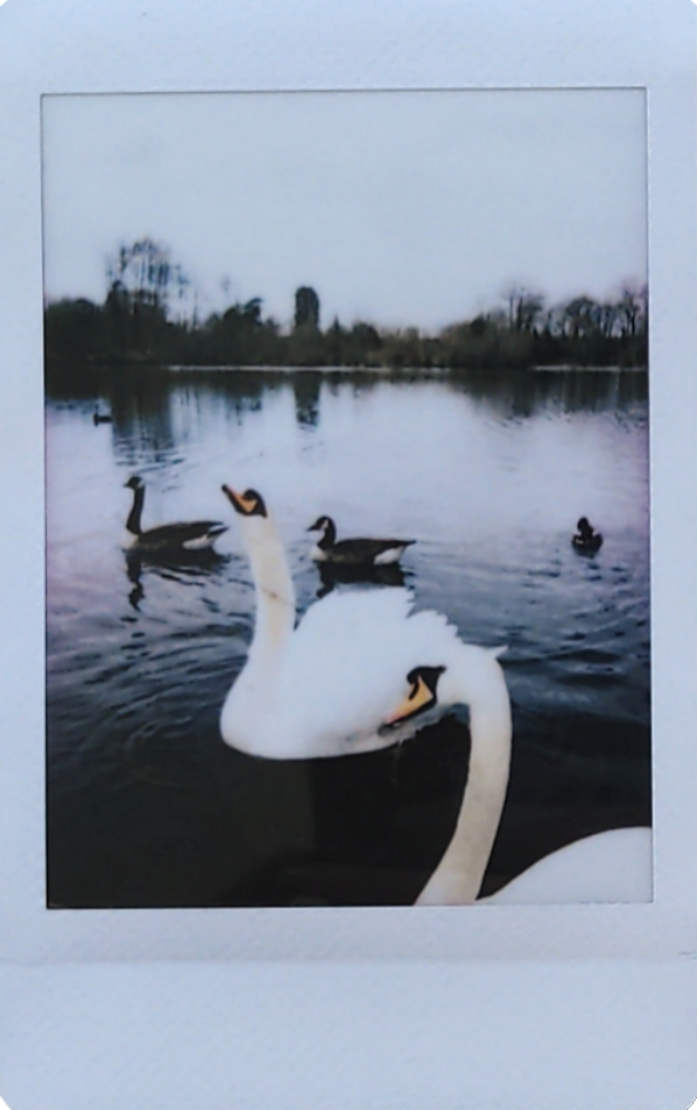


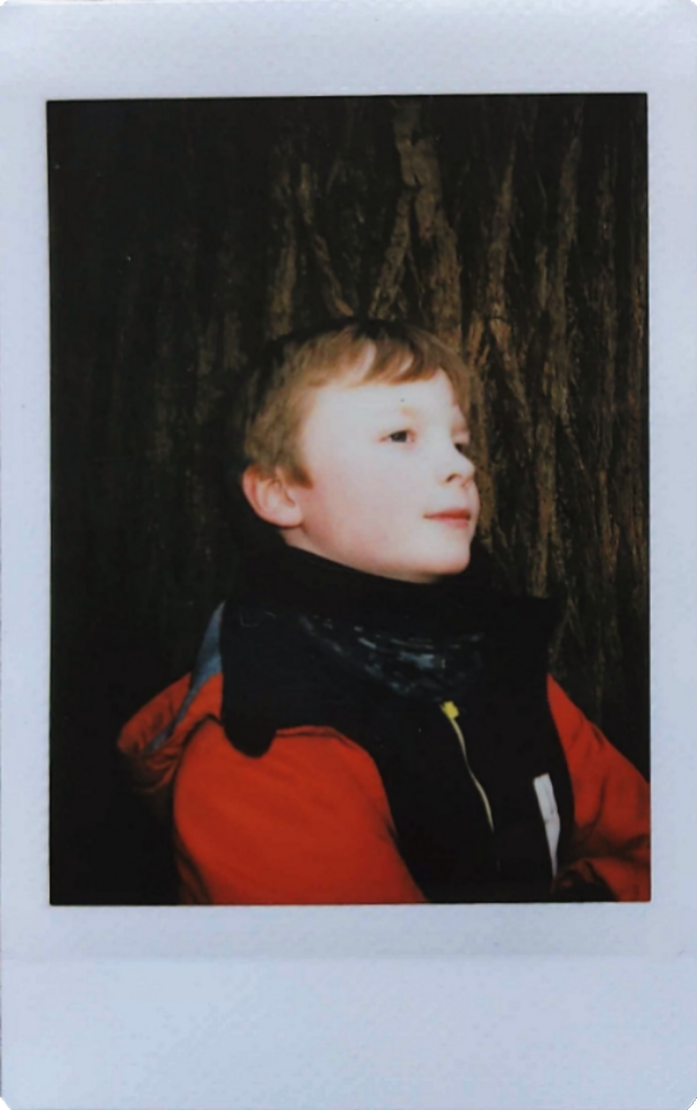






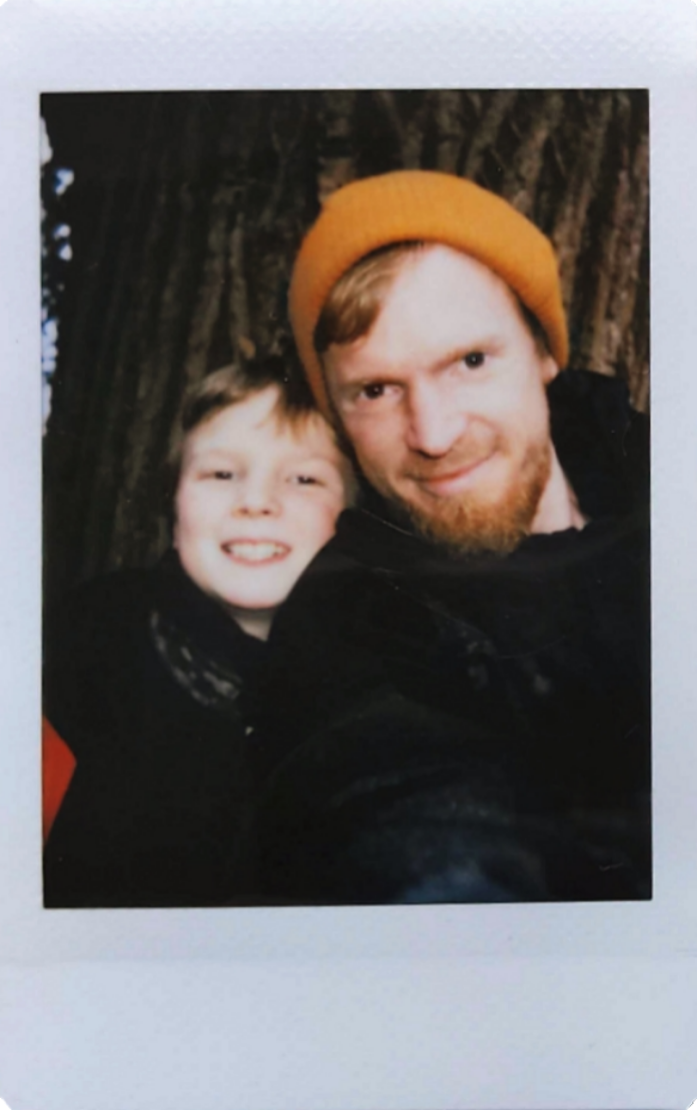

That said, the range of tones the Mini 12 can capture is limited, and in general, you’ll want to capture scenes that feature fairly even brightness levels throughout, with no bright highlights or deep shadows. As for the overall feel and color of Instax Mini prints, I’m a big fan, with colors looking rich while also having a vintage feel.
I wouldn’t necessarily expect to take the Fujifilm Instax Mini 12 with me everywhere, but it’s a fine choice for making keepsakes at big occasions.
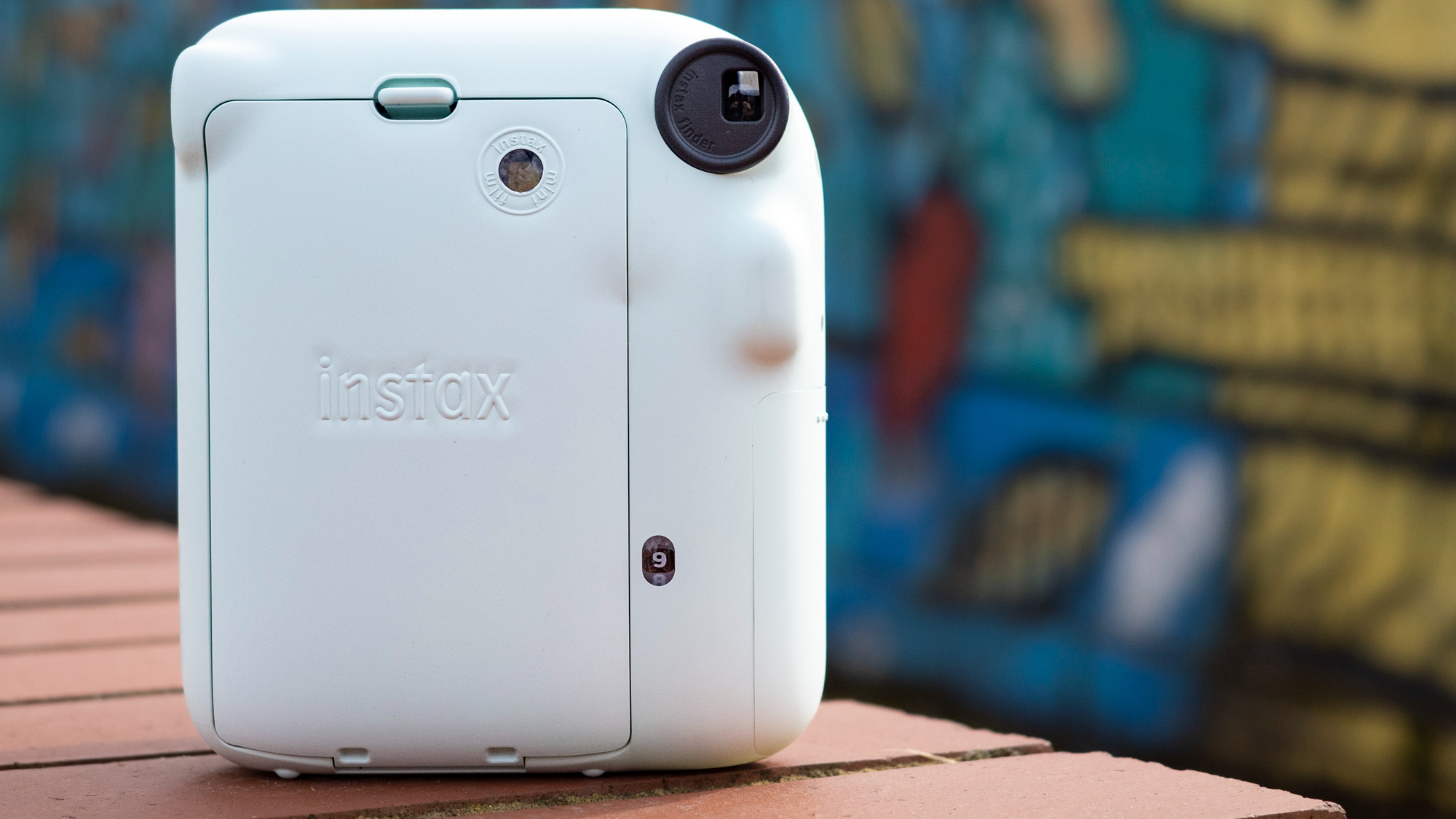
Fujifilm Instax Mini 12: price and availability
A simple automatic instant camera, the Fujifilm Instax Mini 12 costs $79.95 / £79.99 / AU$119 – a 15% increase from its predecessor – and is available in five different colors; Blossom Pink, Mint Green, Clay White, Lilac Purple, and Pastel Blue.
A twin pack of Instax Mini color film, with each pack containing 10 exposures, costs $20.99 / £14.99 / AU$34.95. In certain regions different film packs are available; in the UK, a single color film pack costs £8.99 and a pack of five costs £34.99, while monochrome film, plus various other styles, are also available in the US, UK and Australia at a cost of $15.75 / £9.99 / AU$19.95 for a single pack of 10 exposures. There's not really any better-value instant film available than Instax Mini.

Fujifilm Instax Mini 12: specs
| Film format | Fujifilm Instax Mini |
| Lens | 60mm, f/12.7 (34mm equivalent) |
| Shooting modes | Auto, selfie/close-up |
| Viewfinder | optical, fixed |
| Battery | 2x AA, 100 shots |
Should I buy the Fujifilm Instax Mini 12?
Buy it if...
You want treasured keepsakes from events
With auto exposure control, slow sync flash and an accurate viewfinder, the Instax Mini 12 creates lovely party prints.
You’re an instant photography newbie
Using the Instax Mini 12 is easy as 1-2-3, the camera itself is low-cost, and most importantly the running cost is low for an instant camera – Instax Mini film is the cheapest and most readily available of all instant film.
You love vintage color
The look of Fujifilm Instax prints is unbeatable – the colors are divine, with that vintage edge to them.
Don't buy it if...
You want square-format prints
The credit card-sized prints from the Instax Mini 12 can feel a little small, and you might prefer the larger square-format options from Fujifilm and Polaroid.
You want to shoot in sunlight a lot
The Instax Mini 12 overexposes images in bright sunlight. Throw in the always-on flash that fires no matter how bright your surroundings are, and details can get lost in highlights.
You want the best shooting experience
Aesthetically, the smooth bubble-like design is fun, but this is a tricky camera to hold. It's super-slippery, and fiddly for selfies, and you might need both hands to operate the camera comfortably.
How I tested the Fujifilm Instax Mini 12
There aren’t a lot of features to explore on the Instax Mini 12 – you just insert the film and take a regular or close-up photo – but I was particularly keen to see how it performed in daylight and at night, and to test the accuracy of its viewfinder.
I'm happy to report that the Instax Mini 12 is easier to use than its predecessor. The viewfinder is much more accurate than before, and the lens design is less clunky.
Slow sync flash works well for pictures in low light. The same challenges remain when shooting in bright light – pictures are too bright – but I don't think this will be a difficult thing to fix in the next installment in the Instax Mini series.
First reviewed March 2023

Tim is the Cameras editor at TechRadar. He has enjoyed more than 15 years in the photo video industry with most of those in the world of tech journalism. During his time as Deputy Technical Editor with Amateur Photographer, as a freelancer and consequently editor at Tech Radar, Tim has developed a deeply technical knowledge and practical experience with cameras, educating others through news, reviews and features. He’s also worked in video production for Studio 44 with clients including Canon, and volunteers his spare time to consult a non-profit, diverse stories team based in Nairobi. Tim is curious, a keen creative, avid footballer and runner, and moderate flat white drinker who has lived in Kenya and believes we have much to enjoy and learn from each other.
